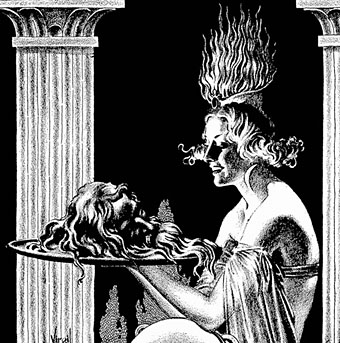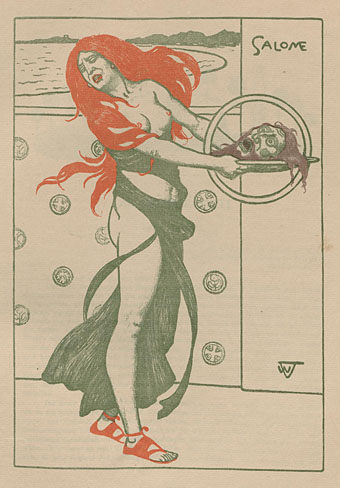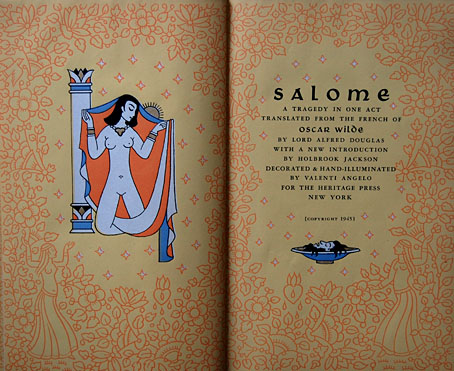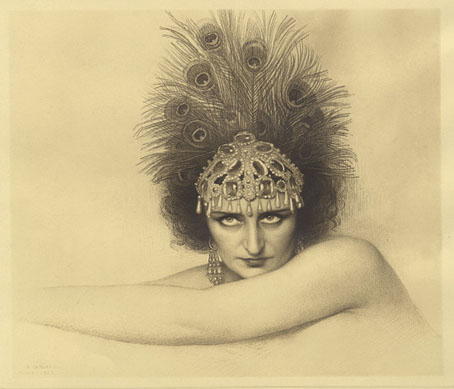
Geneviève Vix (1926) by P. Godard.
The poster below turned up recently at Beautiful Century, a promotional piece for the Richard Strauss opera in which the splendidly named French soprano Geneviève Vix (1879–1939) took the role of Salomé. The portrait of Mademoiselle Vix by Kees Van Dongen is of interest for the link it provides to a woman of the period who didn’t need to act Salomé, she was pretty much a femme fatale in her own right, the fiery Luisa Casati. Van Dongen was one of many artists commissioned to immortalise the heiress before her fortune ran out, and he painted her on at least two occasions. Some of the portraits can be seen in an eye-popping post at Fashion’s Most Wanted while over at Strange Flowers you’ll find the Scarlet Marchesa is a recurrent woman of consequence.

Geneviève Vix / Salomé (1920) by Jacques Carlu.
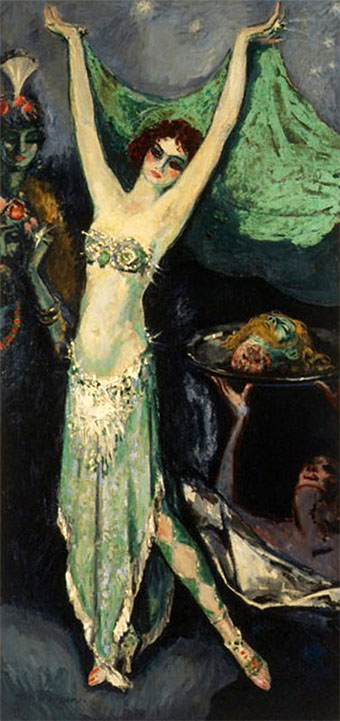
Mademoiselle Geneviève Vix dans le rôle de Salomé (1920) by Kees Van Dongen.
Elsewhere on { feuilleton }
• The Salomé archive

